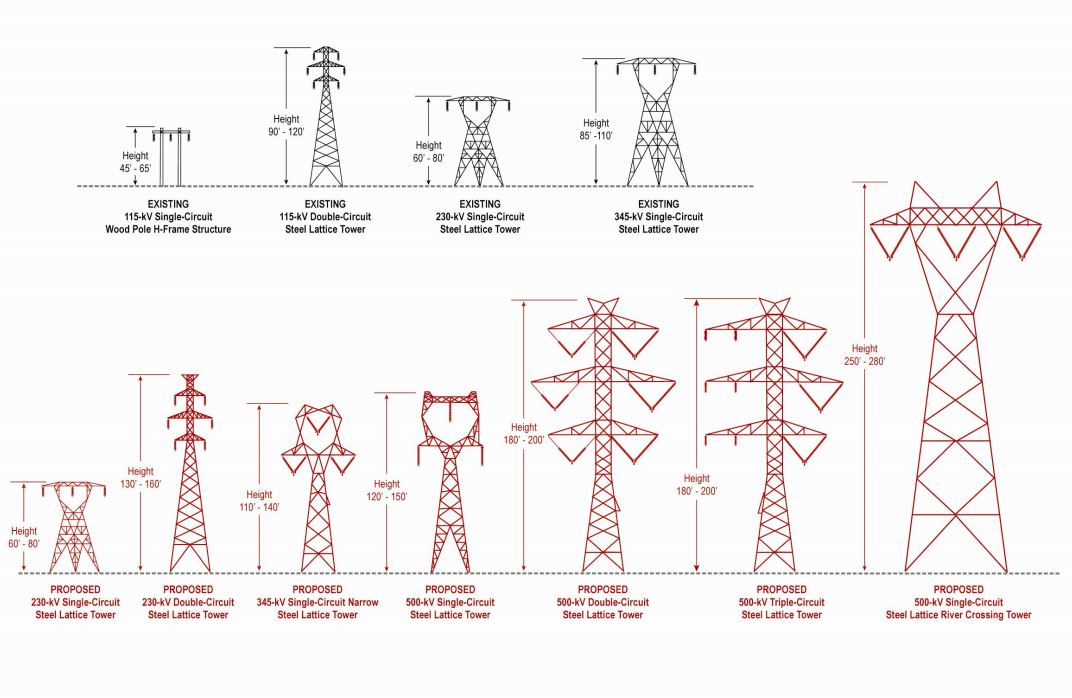Seattle City Light recently recovered a quadcopter from an 115,000 volt power line over Lake Union. The aircraft had been stuck there for almost a week at a height of about 120 feet, creating an annoying buzz and decreasing the line’s efficiency. Fortunately, no one was hurt, but the recovery effort cost an estimated $35,000 due to the unusual over water circumstances.
How can you avoid this scenario?
First, it helps to be familiar with standard utility arrangements in your area. For low voltage lines (less than 600 volts) in the U.S., you can expect power lines to have clearances of 10 to 20 feet. A standard U.S. utility pole will have a height of around 35 feet when installed, but it is certainly possibly to have them shorter and much higher. Long distance, high voltage transmission towers typically have heights from about 50 ft to 200 ft, but they can be much higher for long distance crossings. These towers may be painted, have obstruction lighting as well as being denoted on aeronautical charts.
Then create yourself a set of rules to address flying near power lines and towers. It’s best to just treat power lines like imaginary walls. Don’t fly under the lines and keep a good distance away from them, both horizontally and vertically. 1x to 2x the estimated height of the power line poles/towers seems to be a reasonable distance, but make sure to account for winds and piloting skills. It might be a good idea to also review auto return to home and altitude-hold settings to ensure they won’t bust these limits.
Have a good flight.

